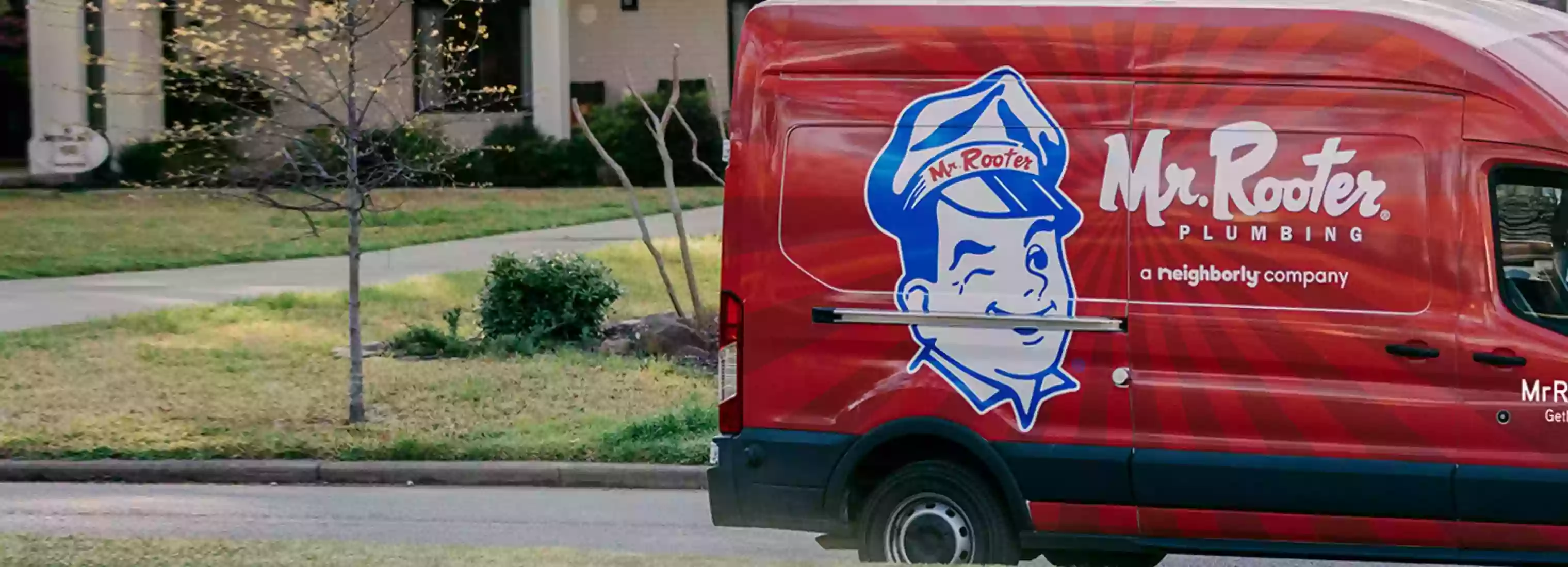Lead Pipes: When and How to Replace Them
Lead pipes are among the most insidious plumbing problems. Why? Because we did it to ourselves. Up until the 1950s, builders were installing lead pipes into homes. We’ve already learned that any amount of lead is harmful to the body. It attacks our organs, our minds and can lead to serious health conditions. It’s important we place these pipes now once and for all and get lead out of our lives. The question is: How?
Avoiding Lead Pipe Problems
Some of the lead pipes in our homes are exit-only. They run from drains or to sewers, and people aren’t sure they’re a big enough risk to replace. Before you make up your mind, ask yourself what happens with all of that wastewater. Where does it go? What does it do? Lead-based plumbing may be a source of lead found in groundwater sources.
At the same time, others wonder how much lead these pipes can really be contributing to pollution. If it’s just a bit of lead, isn’t that safe? Isn’t it safe when our water quality rating through the city says levels are within normal? This is a complicated question, but to start with the pipes themselves, they were only even intended to last roughly 40 years, meaning the lead pipes in your home are at an increased risk for corrosion.
The only way to avoid lead pipe problems is to remove them. Mr. Rooter of Oneida works with licensed plumbers who are certified by Onondaga County for leak detection and all types of plumbing work, including lead pipe replacement. It may be in your best interest to hire professionals for the job. We have the experience and tools needed to do this job safely, and our financing programs are second-to-none.
Staying Safer in the Meantime
Unfortunately, removing lead from American homes will be a lengthy process. There are ways you can stay safer now, however, from lead and other contaminants. Follow these plumbing tips and maintenance suggestions to improve the quality of all your water:
- Identify your lead pipes. It’s relatively easy to find your lead pipes. They’re often located behind shower or tub access panels, under sinks or in the basement. The pipes tend to be thinner than traditional materials and dull silver. Magnets also will not stick to lead.
- Run the water several seconds before use. Water sits inside your pipes overnight, and as it waits, it picks up pollutants in the water pipes. Running your faucet for several seconds clears that old water out of the line and introduces a somewhat cleaner supply.
- Use a high-quality water filter. You can find units for use with your home’s whole supply, those that screw onto faucets or pitchers and cups that filter water from the tap. Just be mindful of what kind of filtering your device will do. Some of the most popular products, like Brita and Pur, aren’t effective at removing lead from drinking water.
Before you decide lead isn’t a problem in your home, call in a professional. You may be surprised to find you’re already being affected. You will also learn about the latest financial products aimed at homeowners concerned about rooting this danger out. For more information or to schedule an appointment, call Mr. Rooter.
 Click to call
Click to call


